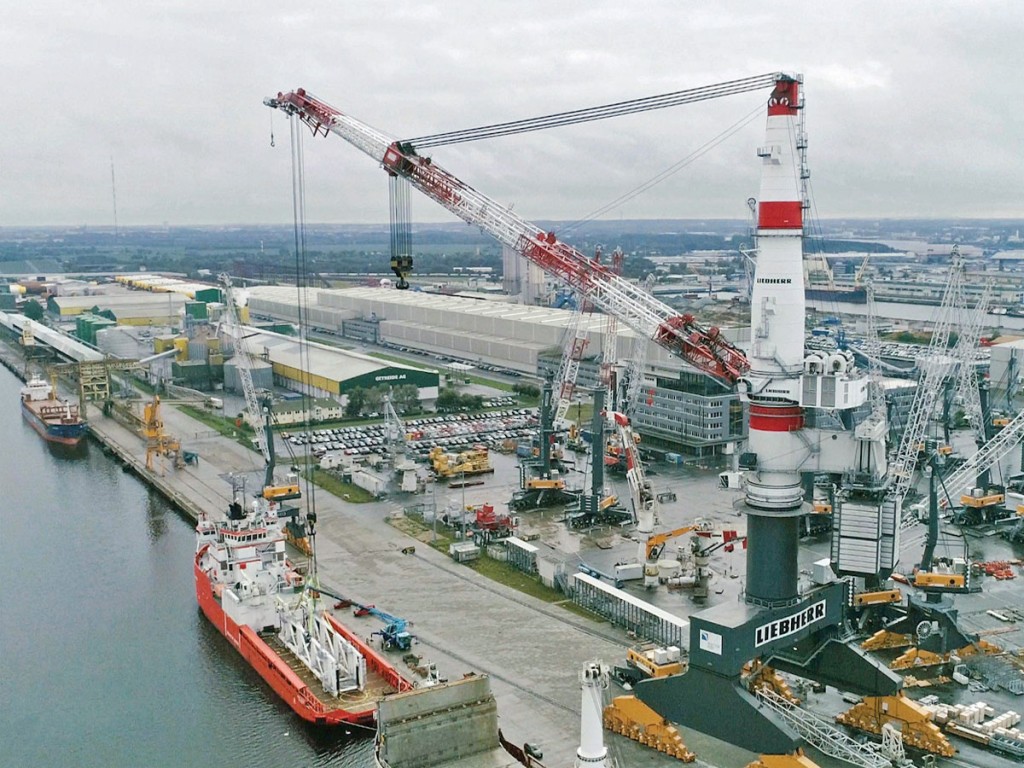The United States steel industry experienced an upswing during the third quarter of 2020, as did much of the rest of the economy. By the end of September, 18 of 27 blast furnaces were operating in North America—versus 12 at the low point.
The scrap steel market, along with the rest of the industry, also benefitted as global economies reopened during the third quarter. (See main story on page 2) Looking ahead, decarbonization is a longer-term trend that will likely benefit the industry, especially on the scrap side.

Restarting automotive supply chains was the primary impetus for scrap’s resurgence. “As domestic manufacturing improved, scrap supply and collection increased,” said Mark Millett, president and chief executive officer of Steel Dynamics, a manufacturer headquartered in Fort Wayne, Indiana. “This, in combination with higher domestic steel production, drove significantly higher ferrous scrap volume.”
Schnitzer Steel Industries, a recycled steel manufacturer based in Portland, Oregon, exported 65% of its product during the most recent quarter, with Turkey, Vietnam, and Bangladesh being its top destinations. “This reflected the quicker economic recovery from COVID in some overseas markets relative to the pace of recovery in the U.S.,” said CEO Tamara Lundgren.
Longer term, Lundgren sees environmental concerns as benefitting the steel scrap industry. “A low-carbon economy is widely acknowledged as more metal-intensive,” she said. “Whether it is driven by the demand for electric cars, the deployment of renewables, or the efficiency and convenience of smart grids, a green economy means a metal-intensive economy.”
Besides steel, Lundgren sees growing markets for dozens of metals including aluminum and copper. Demand for nickel is also likely to grow, she said, thanks to “the rising use of wind, solar, and batteries for power generation.” Although steel is not usually associated with green energy technologies, the metal is important in the construction of wind energy components.
“We expect these trends to accelerate and for the recycled metal industry to play an increasingly important role,” she added. “We can see how some of these trends have already been translated into higher ferrous scrap metal usage.”
A recent McKinsey report noted that the steel industry “now needs to cope with pressure to reduce its carbon footprint from both environmental and economic perspectives.” Steel plants are good candidates for decarbonization, the report concluded, and the industry can use “these new circumstances…as a chance to safeguard its license to continue operating in the long term.”
Schnitzer’s steel mill uses recycled scrap as its primary raw material and hydroelectricity as a primary energy source, noted Lundgren. “The steel we produce has an exceptionally low carbon impact, as compared to the industry average,” she said.
Despite the uncertainty in near-term market conditions due to COVID-19, Lundgren believes that the longer-term trends remain intact and are gaining in relevance.
“These include,” she said, “the increased focus on reducing the environmental impact from steelmaking by lowering greenhouse gas emissions and reducing energy consumption.”

Follow us on social media: